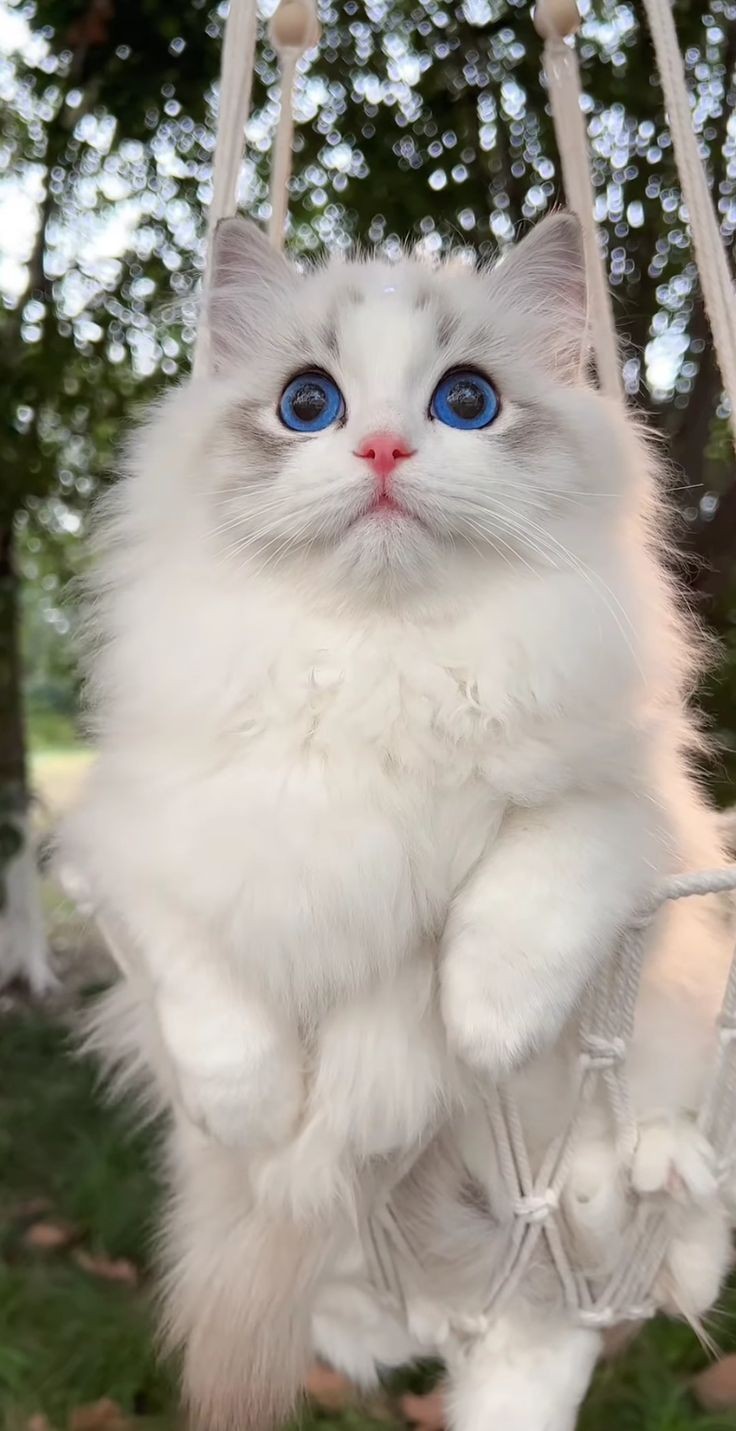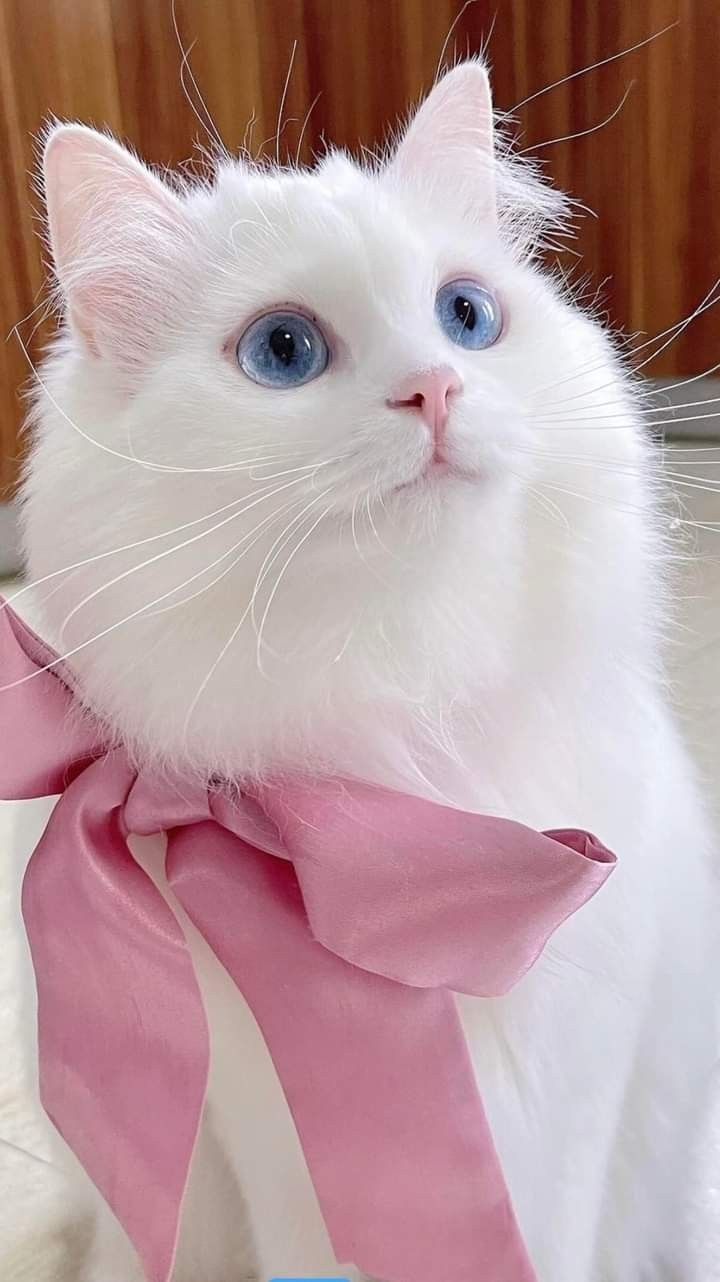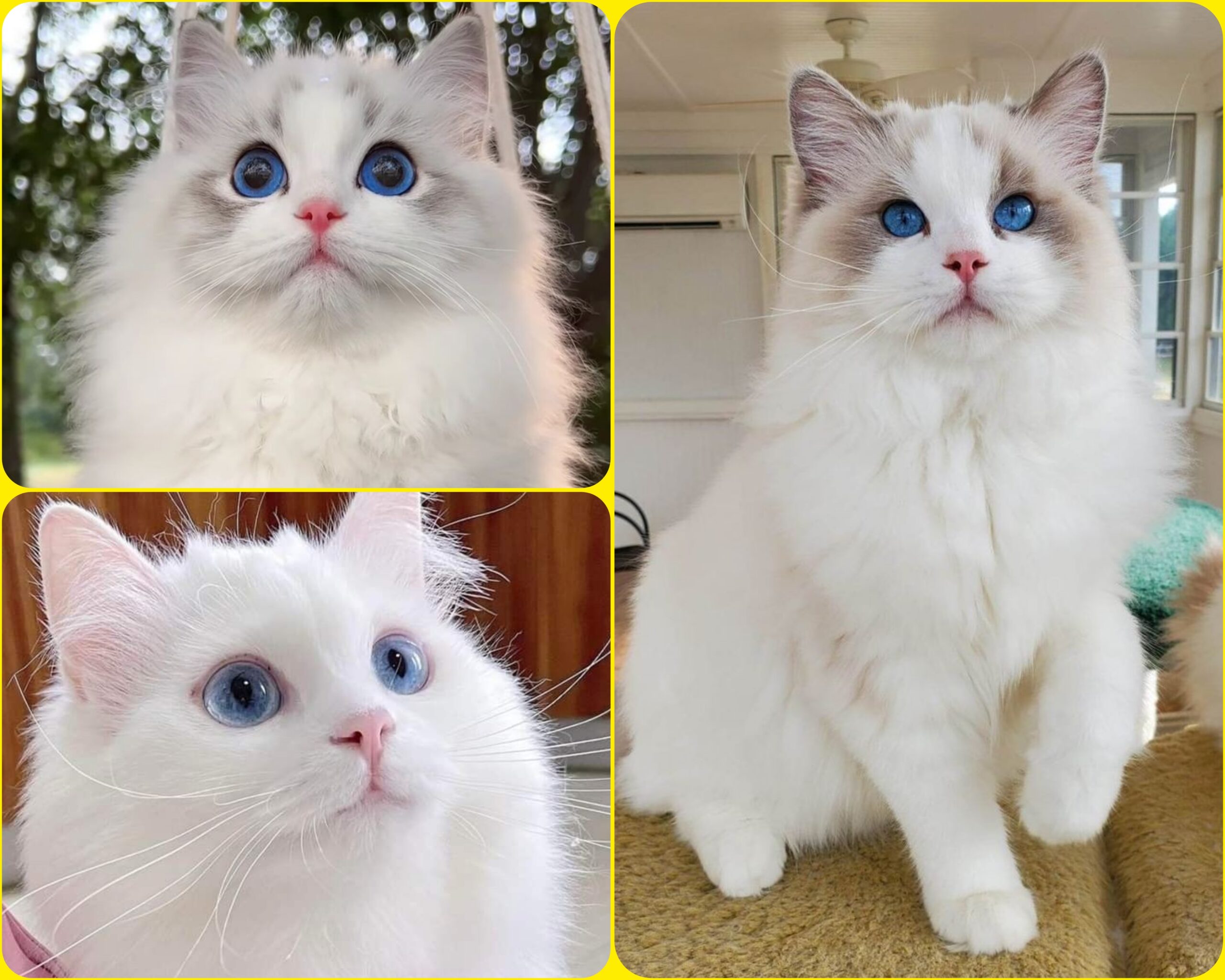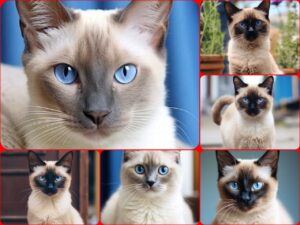✅Introduction
Ragdoll cats, known for their striking blue eyes and silky coats, are a popular breed among cat enthusiasts. With their calm demeanor and affectionate nature, Ragdolls make excellent companions. This article delves into the characteristics, care, and training of Ragdoll cats, offering insights for current and prospective owners.
✅Characteristics of Ragdoll Cats
- Appearance: Ragdolls are large, muscular cats with semi-long fur that is soft and plush. They typically have striking blue eyes and a variety of coat patterns, including colorpoint, mitted, and bicolor.
- Temperament: Known for their docile and affectionate nature, Ragdolls are often described as “puppy-like” due to their tendency to follow their owners around and their love of being held and cuddled. They are generally calm and get along well with children and other pets.
- Behavior: Ragdolls are not very vocal and are known for their gentle disposition. They enjoy human interaction and are often content to relax in their owner’s lap. Their laid-back nature makes them suitable for various living situations, including apartments.
✅Care for Ragdoll Cats
- Diet: A balanced diet is crucial for maintaining the health of a Ragdoll cat. High-quality commercial cat food that meets the specific needs of Ragdolls, including their size and activity level, is recommended. Fresh water should always be available.
- Grooming: Despite their long fur, Ragdolls do not have an excessive grooming requirement. Regular brushing, about two to three times a week, will help prevent matting and reduce shedding. During shedding seasons, more frequent brushing may be necessary.
- Health: Ragdolls are generally healthy, but they can be prone to certain genetic conditions, such as hypertrophic cardiomyopathy (HCM). Regular veterinary check-ups and staying up-to-date with vaccinations and parasite control are essential for maintaining their health.
✅Training Ragdoll Cats
- Litter Training: Ragdolls are typically easy to litter train. Start by placing them in the litter box after meals and playtime. Ensure the litter box is clean and located in a quiet, accessible area.
- Socialization: Early socialization is key to developing a well-adjusted Ragdoll. Expose them to various environments, people, and other animals gradually. Positive reinforcement, such as treats and praise, will help them associate new experiences with positive outcomes.
- Behavioral Training: Ragdolls respond well to positive reinforcement techniques. Use treats and praise to encourage desired behaviors. They can learn basic commands and tricks, making interactive playtime enjoyable and mentally stimulating.
✅Conclusion
Ragdoll cats are a delightful addition to any household, known for their loving nature and striking appearance. By providing proper care, including a balanced diet, regular grooming, and appropriate training, you can ensure your Ragdoll thrives and remains a happy, healthy companion. Whether you are a first-time cat owner or an experienced feline enthusiast, a Ragdoll cat is sure to bring joy and affection into your life.




